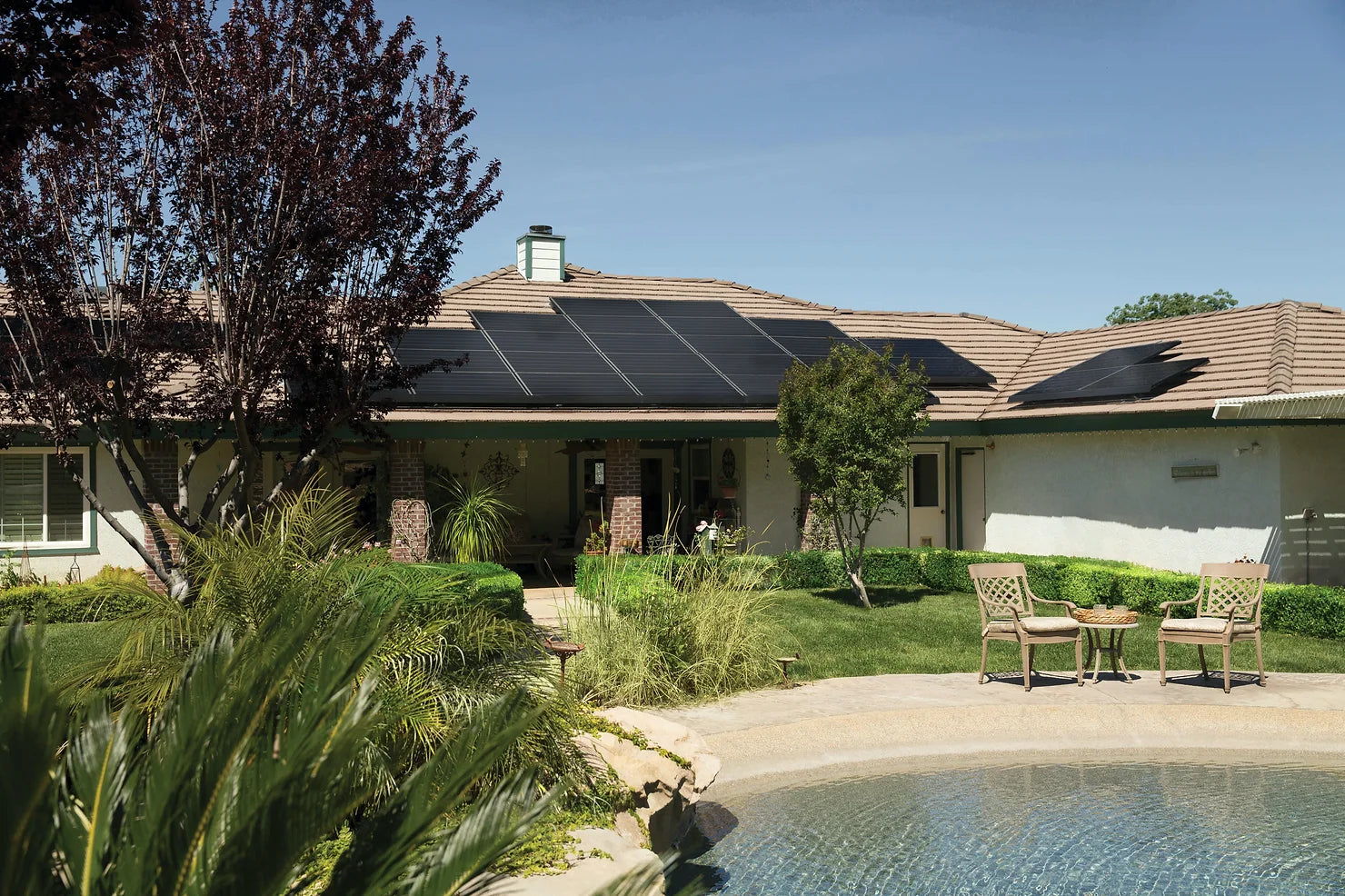
With the reflection of the concept of sustainability on architecture, many different terms are seen in the literature and are used interchangeably; such as sustainable building, green building, green smart homes, ecological building, energy-efficient building, zero energy building, carbon-zero building, high-performance building. The purpose of such terms and practices is to respect nature and design buildings accordingly for the survival of future generations.
In order to design wise houses, the first thing to do is to examine climatic data, and designs that do not harm the environment should be made according to these data. It has been verified that the designs made in line with these data reduce energy loss by protecting from sound insulation, heat insulation, intense wind waves and the excessive sun heat. Only in this way, it is seen that the energy loss is reduced by about 30%.
The location and orientation according to the solar orbit, the building design based on the climate, the maximum return from the local climate, the vegetation-land-landscape conditions, the appropriate determination of the volumes, the building materials determined according to the climate and the heating-cooling-ventilation (ISH) systems need to be carefully considered.
Green texture and landscaping should be done to protect from cold as a windbreaker while designing the buildings. In cold climates, evergreen tall trees and plants are used on the northern facade of the building. It has been determined that the wind speed is reduced by approximately 25-60 % by ensuring that these trees are at least twice their height away from the structures and in a single row or double row or bush tree order. For this reason, in landscape studies, climatic conditions, environmental conditions, and the type and amount of green tissue should be determined at the design stage.

Nowadays, upon the increasing electricity bill prices, a new subject emerged. Which one is more advantageous; flats or houses?
We can discuss this subject in terms of renewable energy both solar and wind.
Solar energy is the widest source of energy. 60% of the total energy of the sun reaches the earth. If only 0,1% of this energy is converted to 10% productivity, it will be four times more than the capacity of electricity production. Solar energy has the capacity to find solutions to energy dependence for countries that have a lot of sunshine.
Wind energy has the longest history of all energy sources. In ancient times the wind was used for pumping water and milling wheat. But in modern times converting wind energy to electricity is in the 1980s.
The distance of the house to other houses, the location of the house, the direction of the building, the form of the building, and the physical properties of shell elements surrounding the building affecting heat transfer, sun control, and natural air conditioning systems are the main qualifications of the renewable energy.
If the location of the land is close to the center, more obstacles may arise in the design of aspects such as orientation, form, and space. However, in areas far from the city center, more comfortable actions can be performed in its design. In remote areas, the temperature is lower and there are fewer structures that can negatively affect air movement and sunbathing. At the same time, since the settlement of the building on the land can be done more freely, the form and space design can be made more controlled.
In England, wind turbines require planning permission, unless they fall under the following categories, in which case their installation may be classed as ‘permitted development’, for which planning permission is not required.
(https://www.renewableenergyhub.co.uk/main/wind-turbines/legal-planning-permission-for-wind-turbines/)

If we were you…
The main advantage of the houses is having an opportunity to use wind and solar energy fully to satisfy your domestic electricity needs because of the space. On the other hand for the flats, the option is to connect to the microgrid which will be powered by wind farms and solar parks.
Our point of view is that renewable energy is the future for both houses and flats with houses having more advantages and price wise. So whichever you choose, just keep in mind that you have one of the renewable energy sources.
